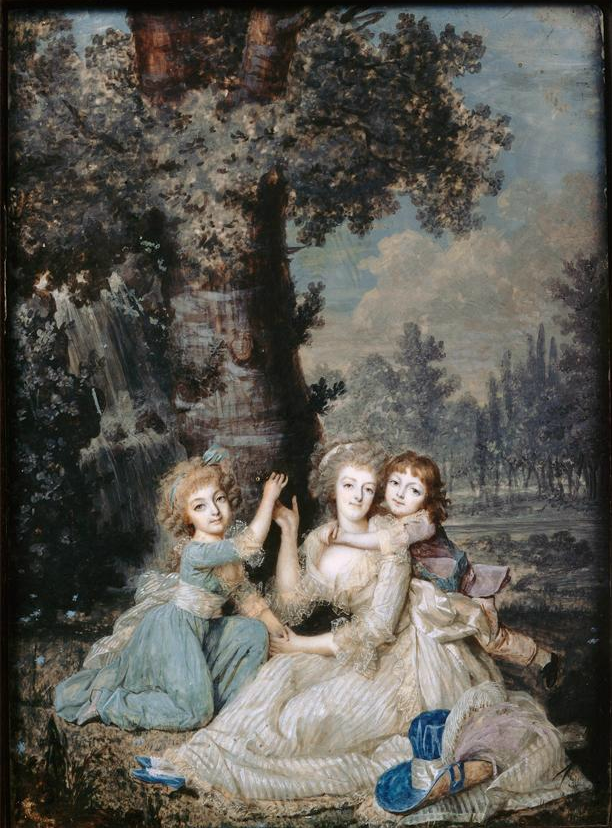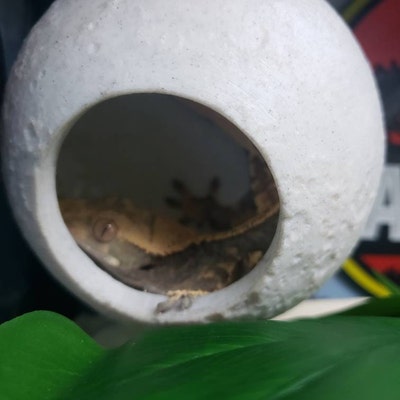

She told her that she would not be traveling to Naples to marry King Ferdinand IV of Naples, to whom she was betrothed, but for the family vault.

Maria Antonia, in her later life, recalled the ailing Maria Josepha taking her in her arms. The death of her older sister Maria Josepha from smallpox during the epidemic in Vienna in October 1767 made an everlasting impression on the young Maria Antonia. She also excelled at dancing, had "exquisite" poise, and loved dolls. She sang during the family's evening gatherings, as she was known to have had a beautiful voice. She learned to play the harp, the harpsichord and the flute. Under the teaching of Christoph Willibald Gluck, Maria Antonia developed into a good musician. At the age of 10 she could not write correctly in German or in any language commonly used at court, such as French or Italian, and conversations with her were stilted. Despite the private tutoring she received, the results of her schooling were less than satisfactory. Maria Antonia spent her formative years between the Hofburg Palace and Schönbrunn, the imperial summer residence in Vienna, where on 13 October 1762, when she was seven, she met Wolfgang Amadeus Mozart, two months her junior and a child prodigy. Maria Antonia had a difficult but ultimately loving relationship with her mother, who referred to her as "the little Madame Antoine". Maria Antonia was raised together with her sister, Maria Carolina, who was three years older, and with whom she had a lifelong close relationship. Shortly after her birth she was placed under the care of the governess of the imperial children, Countess von Brandeis. Maria Antonia was born on All Souls' Day, a Catholic day of mourning, and during her childhood her birthday was instead celebrated the day before, on All Saints' Day, due to the connotations of the date. Her godparents were Joseph I and Mariana Victoria, King and Queen of Portugal Archduke Joseph and Archduchess Maria Anna acted as proxies for their newborn sister. She was the youngest daughter of Empress Maria Theresa, ruler of the Habsburg Empire, and her husband Francis I, Holy Roman Emperor. Maria Antonia was born on 2 November 1755 at the Hofburg Palace in Vienna, Austria, at 8:30 in the evening.

ANTOINETTE PAINTING TRIAL
Marie Antoinette's trial began on 14 October 1793 she was convicted two days later by the Revolutionary Tribunal of high treason and executed, also by guillotine, at the Place de la Révolution.Įarly life (1755–1770) Watercolour of Archduchess Maria Antonia at the age of 7 (portrait by Jean-Étienne Liotard, 1762) Louis XVI was executed by guillotine on 21 January 1793. On 21 September 1792, the monarchy was abolished. On 10 August 1792, the attack on the Tuileries forced the royal family to take refuge at the Assembly, and they were imprisoned in the Temple Prison on 13 August. The June 1791 attempted flight to Varennes and her role in the War of the First Coalition had disastrous effects on French popular opinion. Several events were linked to Marie Antoinette during the Revolution after the government had placed the royal family under house arrest in the Tuileries Palace in October 1789. During the Revolution, she became known as Madame Déficit because the country's financial crisis was blamed on her lavish spending and her opposition to the social and financial reforms of Turgot and Necker. The false accusations of the Affair of the Diamond Necklace damaged her reputation further. She became increasingly unpopular among the people, however, with the French libelles accusing her of being profligate, promiscuous, allegedly having illegitimate children, and harboring sympathies for France's perceived enemies-particularly her native Austria. Marie Antoinette's position at court improved when, after eight years of marriage, she started having children. On, her husband ascended the throne as Louis XVI and she became queen. She became dauphine of France in May 1770 at age 14 upon her marriage to Louis-Auguste, heir apparent to the French throne. She was born an archduchess of Austria, and was the penultimate child and youngest daughter of Empress Maria Theresa and Emperor Francis I. Marie Antoinette ( / ˌ æ n t w ə ˈ n ɛ t, ˌ ɒ̃ t-/ French: i Marie Antoinette Josèphe Jeanne 2 November 1755 – 16 October 1793) was the last queen of France before the French Revolution. French: Marie Antoinette Josèphe JeanneĬoat of arms of Marie Antoinette of Austria.


 0 kommentar(er)
0 kommentar(er)
